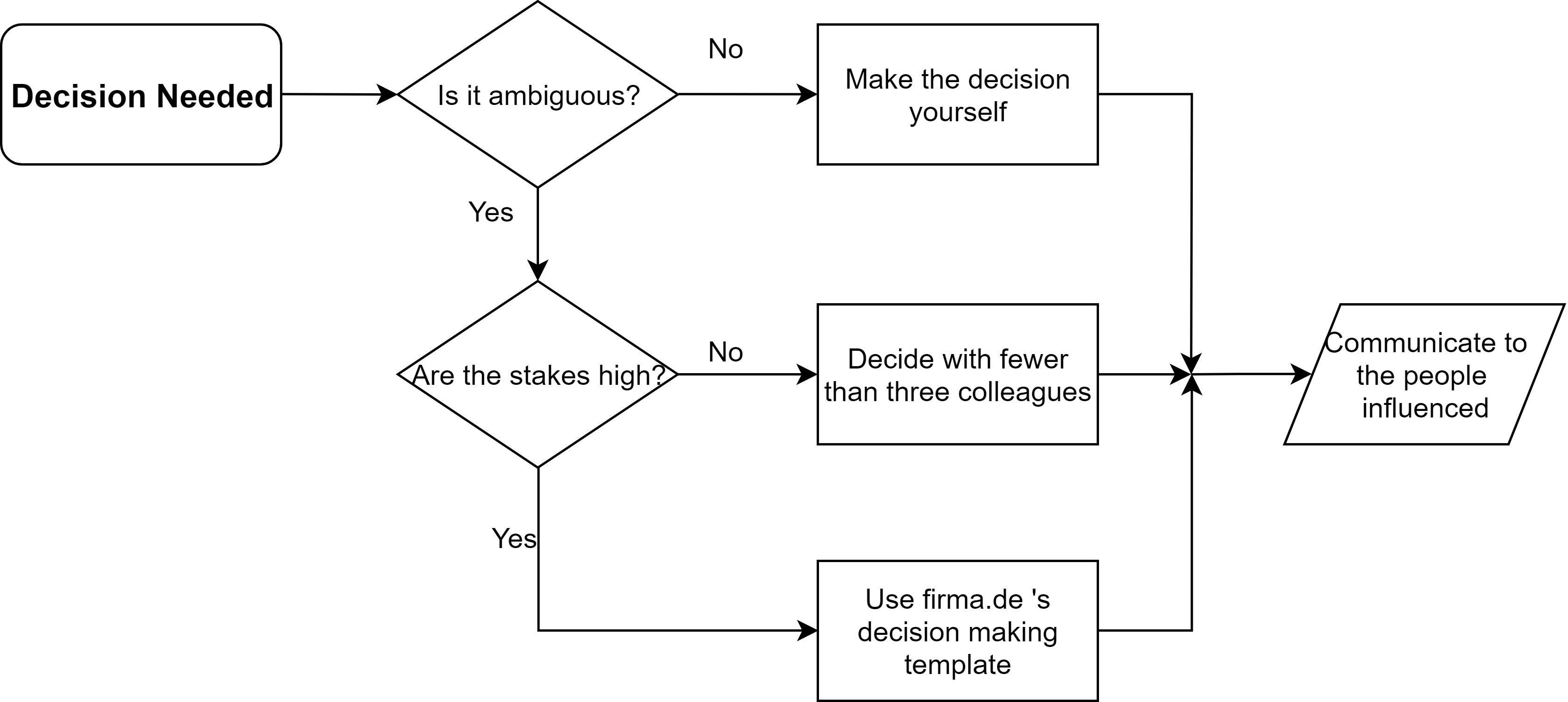How to run effective meetings?
June 1, 2019
In the following the most important factors which make a meeting effective and improve its quality are going to be discussed. They can be addressed as a set of testable (through execution and feedback) and modifiable cultural and organizational norms:
Cultural Norms
Humans, their ideas and interactions (read relationships) are the ingredients and outcome of a meeting. Empirically people operate at their worst version if they have not formed a relationship with each other. So it is immensely important that startups actively take measures to address this issue by holding regular (every 6-8 weeks events to deepen the relationships among its members, bring them closer together, or improve mutual understanding and integrate newer members on board. (This process is called ground work.
- Actively participate in the discussion, and challenge each other. Insufficient conflict leads to no creative solution.
- Have a friendly tone that criticizes ideas and actions, but not people
- Listen to each other attentively
- Referring to this document, call each other out in a friendly way once someone breaks a cultural norm
- Do not jump off topic
Encourage everyone to express their opinions on the subject (not everyone is an extrovert). That makes the discussion more diverse, and hence more interesting; It also brings the team members closer, and stimulates creativity in everyone. It is moderators responsibility to guide this process when no one else is trying.
Never however suppress your feelings. You should respectfully criticize another person, when you feel like you have been treated unfairly.
Organizational Norms
The following must be done (determined) by the meeting owner, and communicated to all people involved before the meeting:
- What is the purpose (objective) of the meeting? (eg to update all involved on ..., to align all team members on ... subject, to make a decision on ..., to prioritize about..., etc)
- Meeting Agenda, date, time and estimated time per topic on agenda
- Who are the people involved? And try to include only those people whose presence in the meeting is absolutely required
- Who will be the note taker? (also assignable just at the beginning of the meeting)
- Who will be the meeting runner? (also assignable just at the beginning of the meeting)
- Are we taking a decision? (yes/no), if yes refer to decision making norms and implement them
- At the end of the meeting get feedback about what everyone liked about the meeting, and what did not go well, and update the meeting norms every 2 months
- At the beginning of the meeting give each attendant a copy of this document. It will make it easier to recall all these.
- Send out the meeting notes to the attendees and anyone else who needs to know about the meeting.
Decision Making Norms
Most decisions people make in a startup are low risk decisions. Dwelling too much on a decision slows progress down and reduces efficiency. Fastest progress occurs when the emphasis is put on execution and a healthy rate of low risk mistakes is tolerated. Fast execution of 80% correct decisions is better than a slow execution of 100% correct decisions.
Only lack of clarity for a decision with a high risk requires special
treatment and serious involvement of other people/consulting a higher
authority. So if a decision has to be made, ask yourself:
- Is what should be done ambiguous?
- If no then make the decision yourself.
- If yes, then ask yourself is it a high risk decision?
- If no then consult casually with fewer than 3 colleagues and make the decision yourself.
- If yes, then execute the decision framework below
Decision Framework
Before the meeting
Talk to your supervisor and answer together the following questions:
- What are we deciding?
- What is the impact of the decision?
- Who is affected by the decision?
- By when must the decision be made?
- Who is the decision maker(s)? (What is the decision type? single person, most vote system, etc)
- Who are the input providers?
- When are we meeting to discuss it?
- How long will we commit to the decision?
Then arrange the meeting and communicate the mentioned points to the attendees.
During/after the meeting
After the meeting write down the inputs from different attendees and let the person(s) responsible decide until the deadline. They are also responsible for communicating the outcome to the affected people in the startup.